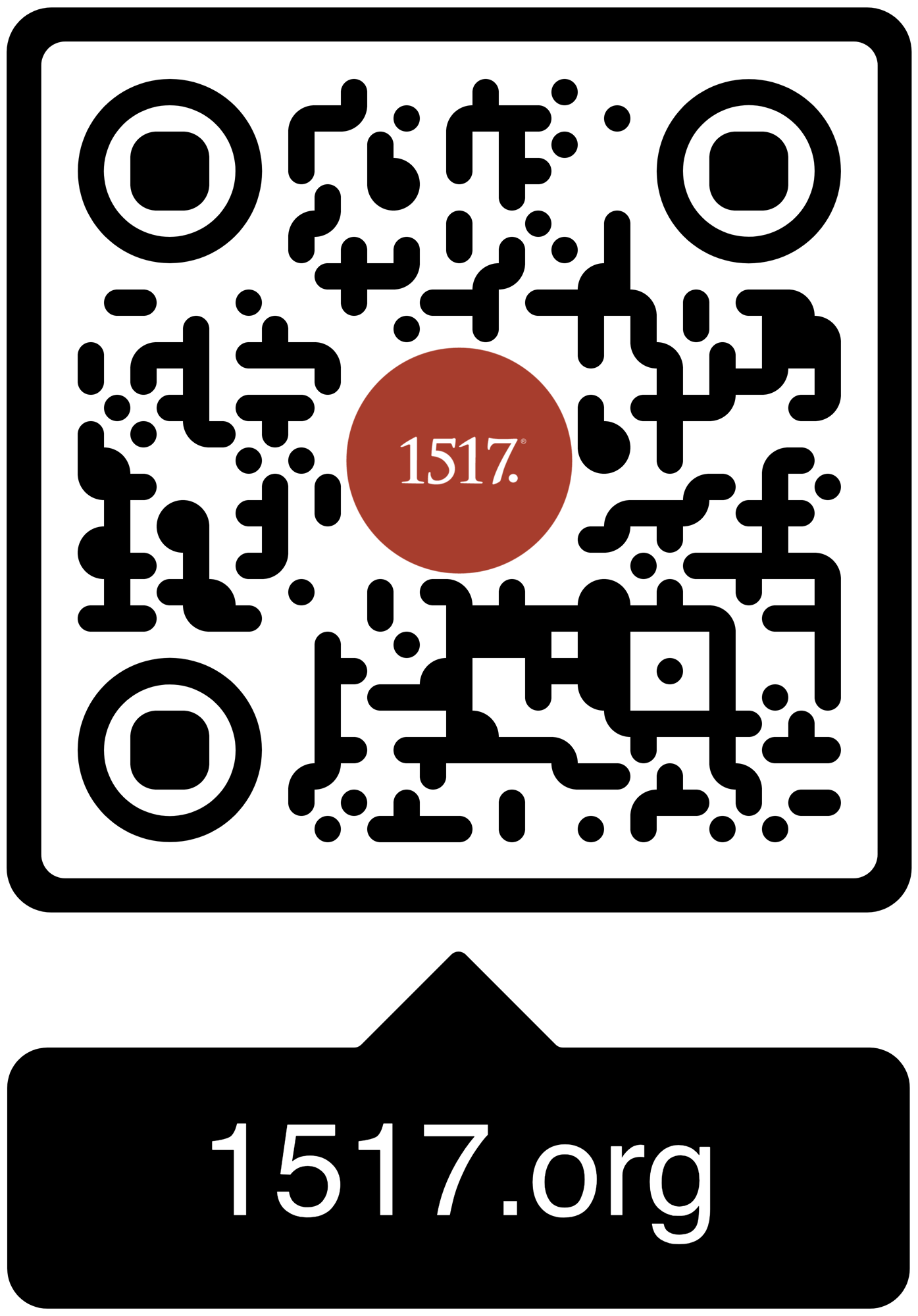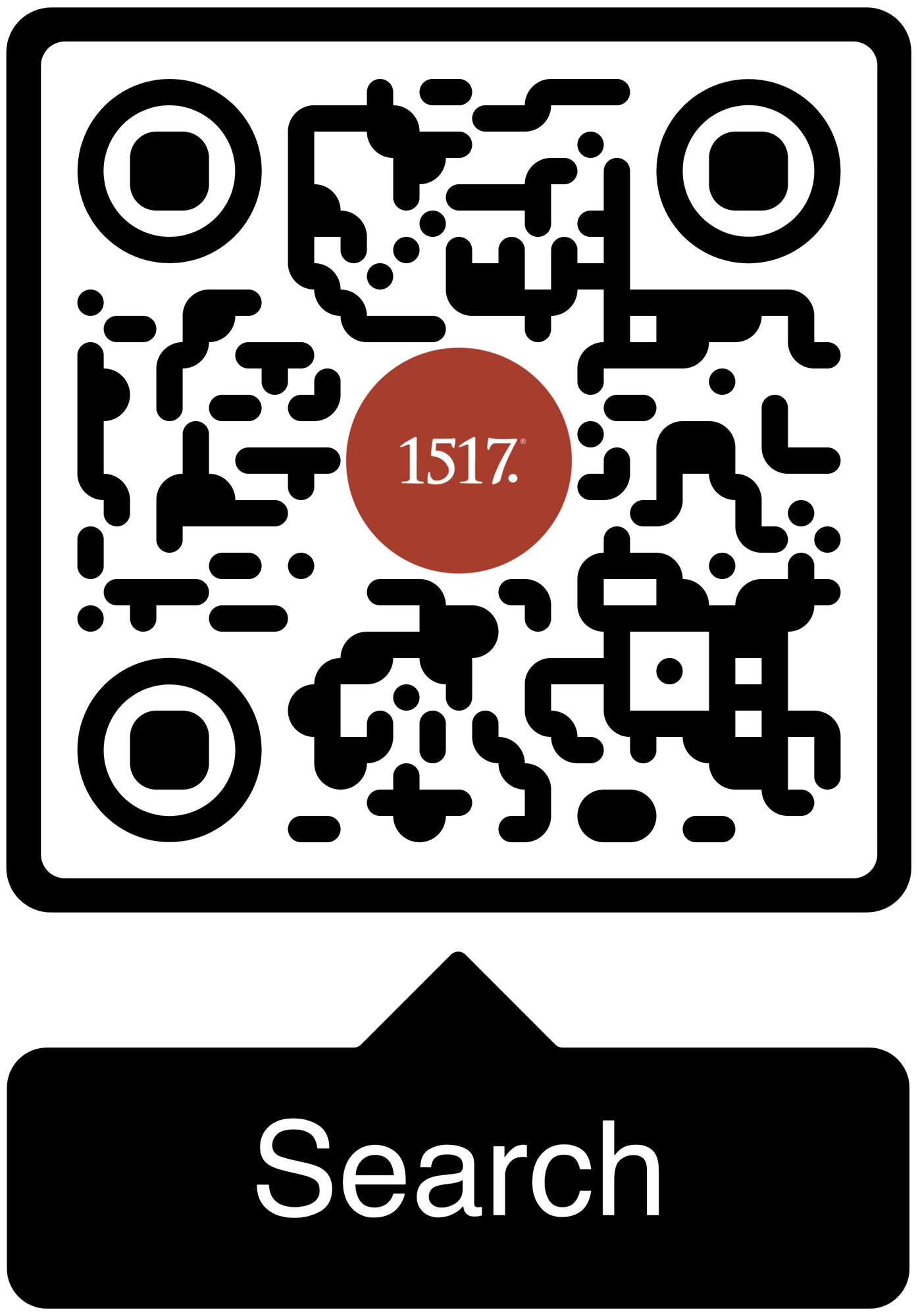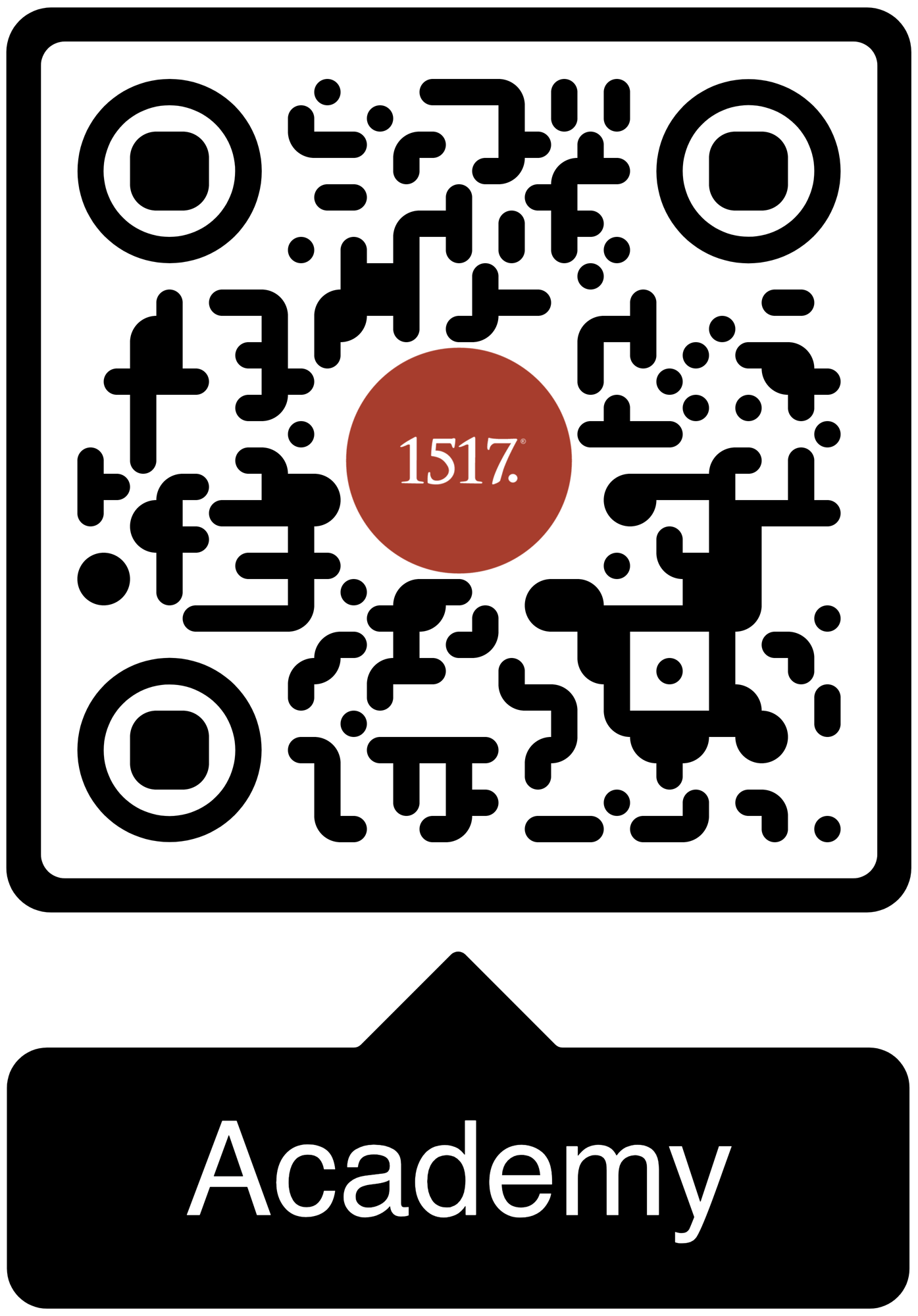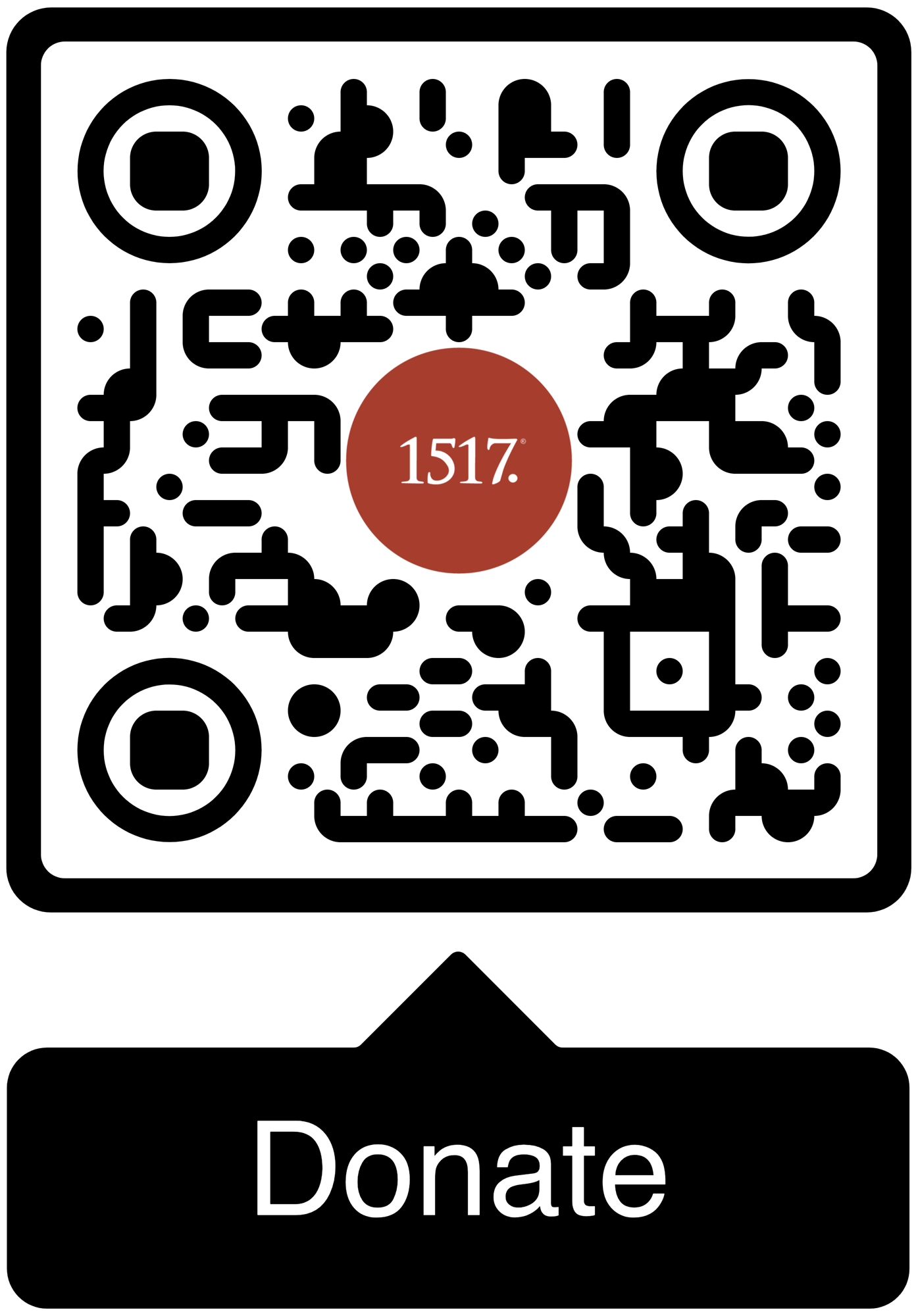God in Christ shows us how to lift up holy hands.
The first half of this pericope is filled with catechetical purple passages; a confession of Christology, justification by faith, eternal election, and a call to prayer. The second half of it ranks high on the list of Pauline paragraphs which have caused consternation, most recently in Christian history in churches that cherish both a high view of scriptural authority and the faithful service of saints of both genders as teachers, theologians, and leaders in the church. Embracing both the historic fact of women embodying and discharging holy vocations that serve the gospel, even directly in the institution of the Church, as well as the apostolic directives calling women’s decorum out directly to ensure good order in the church, might lead a practitioner to presume the path paradoxical, or the commands contradictory. This has certainly been the case for critical readers in theological scholarship. Both modern and postmodern Pauline studies have engaged these questions prolifically (or wasted a lot of theological ink, depending on your perspective!).
Fortunately, the pulpit is not a place to present a conference paper or publish a scholarly critique. The pulpit is the place to deliver the Word of God in Christ, to confront sinners with the law that kills, and to deliver the Gospel of Christ dead and alive that vivifies, turning sinners into saints. Here is no pressure to defend the Word of God (it is doing just fine on its own). Rather, the obligation is to proclaim it. No doubt there will be hearers who will be interested in further study, and I encourage you to be prepared to offer bibliography or a Bible study. But proclamation means announcing the forgiveness of sins and the salvation of the world, a task that raking through the commentary minutia of salvation through (in the midst of? because of? by?) childbirth (1 Timothy 2:15) risks obscuring. In other words, do not major in the minors with this or any text. Major in the majors, which is Christ, and what He is doing.
Because that is what theology is always about: What God is doing. So, what is God doing in this text? Notice:
- God is pleased by prayers, pleased by peace that promotes the worship of His people (1 Timothy 2:1-3).
- God is desiring all to be saved and come to a knowledge of the truth (1 Timothy 2:4).
- God is mediating between Himself and mankind through Jesus who ransomed all (1 Timothy 2:5-6).
These are the overt references to God’s activity in the pericope. But notice too that the second half resonates with God’s activity and particularly Christological connections:
- God in Christ shows us how to lift up holy hands (1 Timothy 2:8 – an opportunity for a gospel hook, the very hands of Christ – we will come back to this).
- God created men and women and still rules His fallen creation for the sake of peace. This is not just decorum and propriety in first century public worship in Asia Minor, but honoring, indeed, elevating(!) the status of women in a unique way, such that in the early Christian Church they could learn equally with men and were assured they are saved equally with men (“let a woman learn,” “she will be saved,” 1 Timothy 2:12-15).
- God is the author of salvation, sanctifying men and women by Himself being born of a woman in Christ (1 Timothy 2:15; also see Galatians 4:4 and others).
Let us come back to holy hands as a gospel hook, as this has the potential for a creative and gospel-rich sermon. Think of Jesus’ hands, the ones which are pierced. Marshal the relevant texts to arrange a reflection on what Jesus’ hands do: Psalm 22:16 presages the crucifixion (as do Isaiah 53:5 and Zecheriah 12:10), then there is the act of crucifixion (Matthew 27:35; Mark 15:24; Luke 23:33; John 19:23, 37), as well as Jesus’ resurrection appearances pointing to His hands (Luke 24:40; John 20.25). Do not forget the other “piercing” verse at Revelation 1:7! But then you can think of the other things Jesus’ hands did through every age of His incarnate life on earth, through His ministry, and what He continues still to do with His hands for His people; and consider these in comparison to what we do with our own hands.
Think of Jesus’ hands, the ones which are pierced.
On this idea, just a brief detour: I have never been much of an artificial “sermon illustrations” kind of preacher. That is, I do not formulaically punch up a paragraph with a tale from a treasury or the Reader’s Digest (you know the kind I am talking about, pithy, heartwarming, or clever stories). I certainly illustrate all the time in other ways though. I strive to draw apt analogies, I will tell a joke here or there (sufficiently sparingly I pray!), and generally do whatever I can to illuminate a lesson and drive a point home while observing the decorum of the event, just as I would in any public speaking opportunity. That is the speaker’s task, after all, a preacher’s particularly, to persuade, to keep audience attention, to create and maintain the necessary receptivity to what he has been charged to deliver. But in my younger years, one of the pastors I learned from as a vicar (pastor intern) employed several images and illustrations, and did it so well, that they have stuck with me for decades (that guy, Bill Hemenway, was no mean preacher!). I am reminded of one very brief illustration of his, near the start of a sermon, about growing up as a kid and holding his grandpa’s hands. “He had such big hands!” he said, as he spread out his own (lifting up holy hands) from the pulpit. Simple as that. This preacher used size to his advantage. He was a lean 6’4” and his hands were twice my size, like shaking hands these days with Al Espinosa. What is great about this illustration is the materiality of it, the corporeality. If you go in this direction, I encourage you to have your hearers take a good, long, hard look at their own hands, and stay animated with your own. I have riffed on that memory in what follows.
Here is an outline of a “holy hands” idea:
1. The Baton Pass of Faith- Paul calls Timothy to pass on the faith—one generation to another.
- Analogy: like a relay race—what matters is the faithful handoff.
- Theme: Hands as instruments of faith, reception, labor, and grace.
- Childhood memory of grandfather’s large, loving hands.
- Contrast between childlike perception and adult reality.
- Grandpa’s “big hands” symbolize strength, care, and legacy.
- You know the hands in your life, a parent, mentor, or whoever brought you to faith: Faithful hands, open to receive, generous in giving.
- The gifts we have received in life (life, family, health, education, and the like).
- All people, whether they share your faith or not, receive these blessings. God is generous to all.
-
- Gratitude is the right response to unearned gifts.
- Honor grandparents and parents as stewards of God’s blessings.
- Recognize their labor in raising and teaching the next generation.
- Call to reflect on your own hands—where they have been, what they have done (certainly more than lifeless lumps of dead flesh on the ends of our arms?).
- Physical uniqueness (like thumbs) shows design and purpose.
- Hands are made to work, worship, love, and serve.
The Fall: When Hands Were Misused
- Adam’s hands once lifted in worship, later used for hiding and shame.
- Sin enters the world, and hands are used for striking, killing, and mocking.
- Human hands become symbols of sin, selfishness, and brokenness (lifeless lumps of dead flesh on the ends of our arms).
- Jesus enters the world with human hands.
- He has baby hands, working hands, healing hands, and blessing hands.
- A baby’s hands, a man’s hands, God’s hands...
- Crucified hands: Pierced, bloody, bearing the marks of sin.
- The ultimate gift: Jesus’ hands (lifeless lumps of dead flesh on the ends of His arms) stretched on the cross for our salvation.
- Jesus’ hands did not remain lifeless: He is risen!
- Risen hands bless the apostles and bless us today.
- These hands now invite us to faith, healing, and new life.
- Remember the gift of your baptism, the hands that held you, poured promise on you, that still hold you: God’s claim on you.
- Remember the gift of your hands, made holy by Christ.
- Lift your hands in gratitude, in prayer, and in praise.
- Jesus, the Savior of all, has made your hands holy.
- Use them to receive His gifts and to serve others.
- Lift them in faith to the One who gave His hands for you.
--------
Additional Resources:
Craft of Preaching-Check out 1517’s resources on 1 Timothy 2:1-15.
Concordia Theology-Various helps from Concordia Seminary in St. Louis, MO to assist you preaching 1 Timothy 2:1-15.
Lectionary Kick-Start-Check out this fantastic podcast from Craft of Preaching authors Peter Nafzger and David Schmitt as they dig into the texts for this Sunday!
The Pastor’s Workshop-Check out all the great preaching resources from our friends at the Pastor’s Workshop!





